Bulgarian Shepherd: description, feeding and care
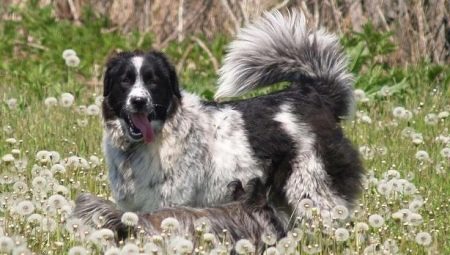
The Bulgarian Shepherd Dog is a unique pet by its nature. This breed of dog has special characteristics and qualities that are not inherent in any other breed. The main purpose of the dog and the purpose for which it is bred is to perform protective and protective functions, as well as grazing.
In the article we will consider the history of the origin of the breed, get acquainted with the distinctive external characteristics and behavioral features of the Bulgarian Shepherd Dog.
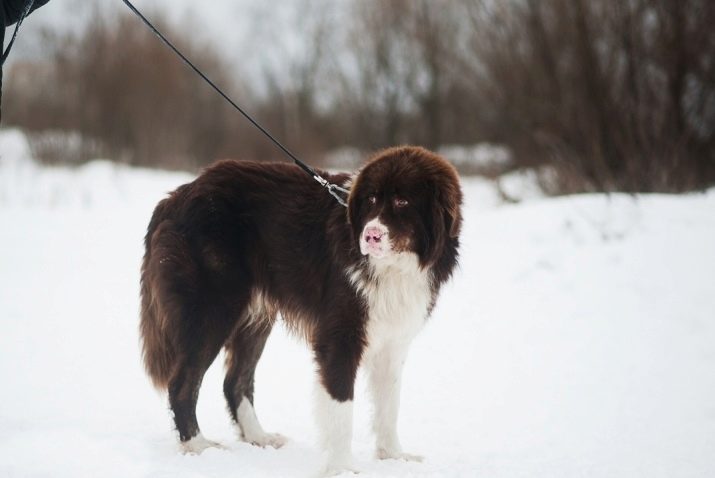
Origin story
The Bulgarian Shepherd Dog (the second name of the breed is "Karakachan Dog") has a very interesting and controversial history of its origin. In general, there is no consensus among scientists, veterinarians and breeders on this matter, so at the moment there are several interesting theories.
So, some scientists assure that this dog is quite ancient in relation to its origin. There is an opinion that a hundred breed existed in Bulgaria in the 5th century AD. And it was at that time that the first standard was established for this variety of shepherd dogs, which significantly differs from the standard that exists today. The adherents of this theory in its proof provide the words of the ruler Sandilha about the dogs, whose task was to accompany and protect the flock.
There is also another opinion, which to date has collected a larger number of adherents. It is believed that the dog appeared on the territory of Bulgaria during the time of the Thracians, who once inhabited the territory of this country. These tribes were engaged in breeding numerous animals: sheep, horses, including dogs.Moreover, the Thracians made increased demands on the latter in terms of strength, courage and endurance. The tribes gave preference to animals that had a pronounced protective and protective instinct. This is where the second name of the shepherd dog came from - "Karakachan dog".

But there is also a third theory. According to this category of scientists, the Bulgarian Shepherd Dog is a primordially Turkish breed that appeared and developed in this particular country (according to historical sources, for some time Bulgaria was part of Turkey).
I must say that today this breed is not very popular worldwide. The main habitat of the Bulgarian Shepherd Dog is Bulgaria. In Russia, an animal of this type can be purchased only in one nursery, and then at a rather high price.
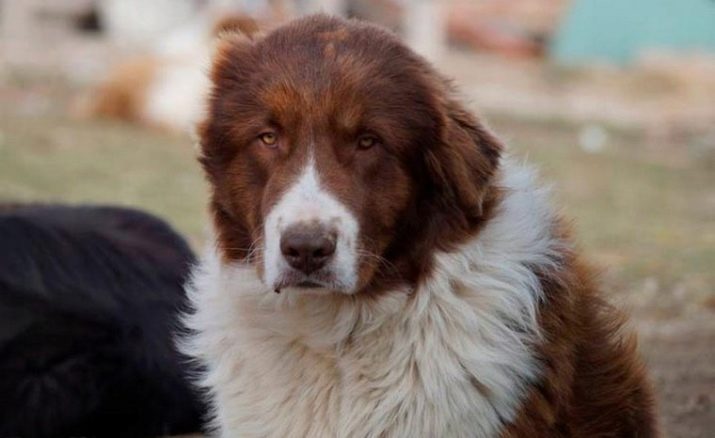
Breed characteristics
In general, there is no internationally recognized standard for the Bulgarian Shepherd Dog, since this animal is not widely distributed outside its native country. However, in 2005 Bulgaria adopted its own national dog standard. All purebred representatives must comply with it.
Thus, the appearance of the animal should be aesthetically pleasing and proportional, without any noticeable significant deviations. The skeleton of the animal is particularly strong, and the musculature is powerful. The growth of the animal does not exceed 80 centimeters in males, and 75 centimeters in females. As for the mass indicators, they should vary from 40 to 60 kilograms (respectively, depending on gender).

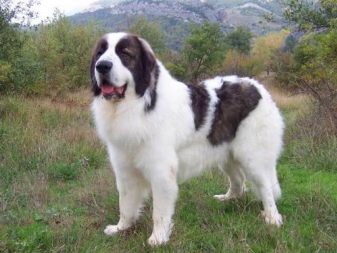
The anatomical structure of the animal is quite outstanding. The dog has a rather large skull, the front part of which expands towards the base. The ears are drooping, and the small eyes are set rather deep, the most popular eye color is brown. The jaw apparatus, consisting of 42 teeth, is well developed in the Bulgarian breed. The animal has a fairly strong musculature. The chest part of the dog is well developed and has a rounded shape. The belly is tucked up and the back is straight. The dog's tail is hooked. The hind legs of the animal are especially massive and strong.
Depending on the length and structure of the coat, there are short-haired and long-haired Bulgarian shepherds. And the maximum length of wool does not exceed 12 centimeters... The color of the animal is quite standard, and includes 2 colors, the main of which is white, but the spots can have both dark gray or black, and brownish-reddish shades.
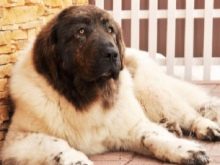
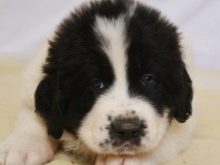
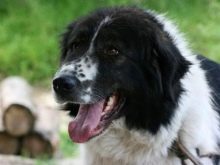
Character and behavior
It should be noted right away that a dog belonging to the described breed will be loyal to only one person, one owner. Despite this, she can have a positive and benevolent attitude towards other people, but love only one. This dog is an animal that does not like affection.
It should be borne in mind that when you try to stroke her (especially with strangers), you can get an aggressive response.

The main purpose of this type of dog is to perform shepherd's work, to which a four-legged pet is taught from childhood. In order for the shepherd dog to meet all the necessary requirements and to be able to do its job with high quality, certain qualities are developed in it:
- distrust of strangers;
- tolerance towards other dogs in the pack and towards livestock;
- obedience and unquestioning fulfillment of the master's requirements;
- courage and courage;
- protective and protective qualities.
It is believed that females are more aggressive and courageous in their behavior. However, they also have one significant drawback, which sometimes prevents them from performing their functions efficiently - it is insufficient physical strength.
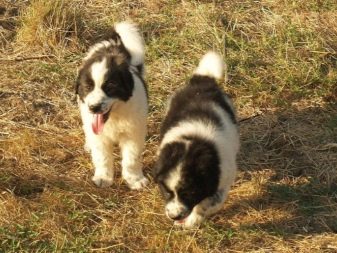
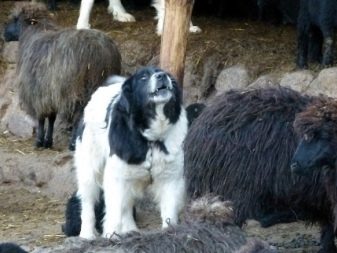
Care rules
In general, both adults and puppies of the Bulgarian Shepherd are quite unpretentious animals that can adapt to a wide variety of environmental conditions.
The main requirement is outdoor life. That is why it is contraindicated to keep this breed in apartments. The ideal home for her is a spacious aviary.
In addition, there is a rule that puppies should stay with their mother until they are 2 months old. Previously, they cannot be separated.
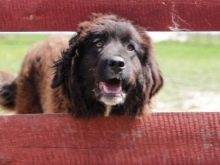
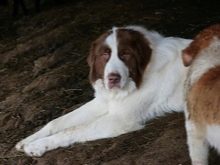
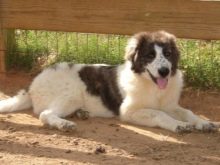
As necessary, you should carry out hygiene procedures: bathing, cleaning, combing. Moreover, the latter is especially true for long-haired individuals. Bathe as soon as it gets dirty, in warm water and using care products specially designed for animals. Also, cleaning of the eyes, ears and teeth is a mandatory care measure. This should be done with cotton pads and swabs. We comb the animal with combs and brushes.
Don't forget about preventive medical measures. Be sure to show the puppy to the veterinarian, do all the vaccinations and other required procedures.
If you suspect the occurrence of any ailments, immediately consult a doctor, and in no case self-medicate.
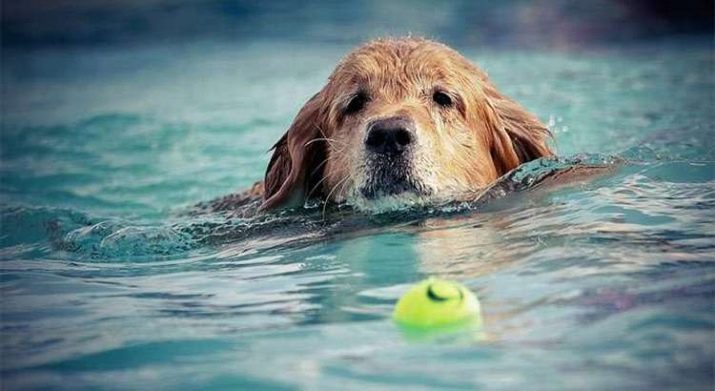
Feeding
Due to the fact that such animals are bred to perform physical work, especially close attention must be paid to the composition of their diet. First of all, you need to decide on what type of food you will feed your pet. There are only 2 options: dry food and organic food. It is necessary to resolve this issue already in the first months of the dog's life. Mixing both options is strictly prohibited.
If you decide to feed your dog with store-bought mixtures, then it is allowed to purchase only those foods that are premium or holistic. No other mixtures and formulations will work for the Bulgarian Shepherd Dog.

If your choice fell on natural products, then you should adhere to a strict framework and give the animal only permitted food, namely:
- lean boiled meat;
- rice;
- buckwheat;
- oatmeal;
- carrot;
- zucchini;
- boiled cabbage;
- apples;
- low-fat dairy and dairy products;
- chicken eggs (no more than 2 eggs per week);
- boiled fish without bones.



Also, as a treat, the animal can be given boiled sugar bones, but not more often than once every 2 weeks. It is necessary, among other things, to ensure that the dog has unhindered access to fresh and clean drinking water.
If possible, try to organize a specific feeding schedule so that the animal gets food at the same time every day - this way, it develops an instinct. It is also important to follow the rules of balance and complexity of nutrition, so that the shepherd dog, along with food, receives all the minerals and trace elements necessary for its body.
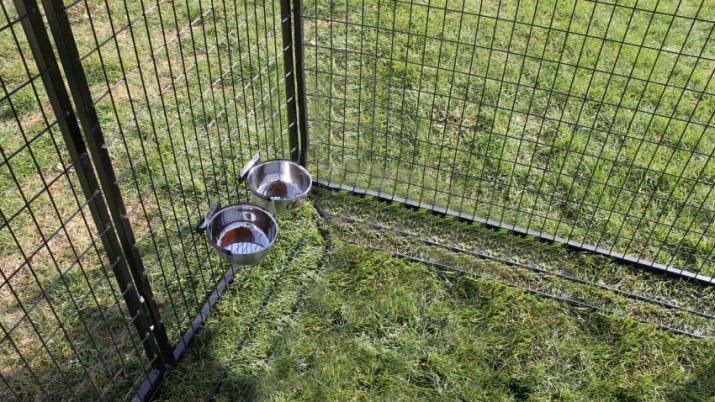
Education and training
Dogs of the Bulgarian breed have rather high intellectual and mental abilities, therefore they lend themselves well to training, education and training. These processes should start from the very childhood of the animal.
The first thing to train a dog is to coexist calmly with other individuals, since often such dogs are bred and kept in packs. In addition, it is important that the animal obeys and understands one owner.
All the functioning of the dog pack should be well organized and organized, the work should be structured as much as possible.
After that, it is necessary to start acquainting the dog with cattle and teaching it to do its main job - to graze and protect the flock.
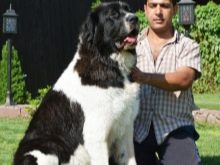
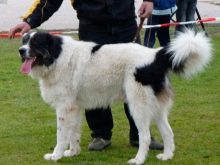

Breeding
Breeding Bulgarian Shepherd Dogs is a rather complicated and time-consuming process, which should be carried out with special care and attention.So, at first glance, an inexperienced person may think that breeding is accompanied by rather vivid manifestations of cruelty. The thing is that individuals that have even the slightest flaws are rejected. This is done to ensure the uniformity of the flock.
The process of breeding animals of this breed can only be carried out by experienced breeders, so beginners should not do this business.
On the territory of the Russian Federation there is only one official kennel for Bulgarian shepherds, which is not an independent organization, but a branch of a Bulgarian company. Here you can witness the breeding process, as well as purchase a thoroughbred animal. The average price for a Bulgarian Shepherd Dog is 45 thousand rubles.

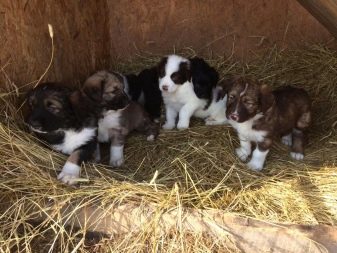
For even more interesting facts about the Bulgarian Shepherd Dogs, see the next video.






































